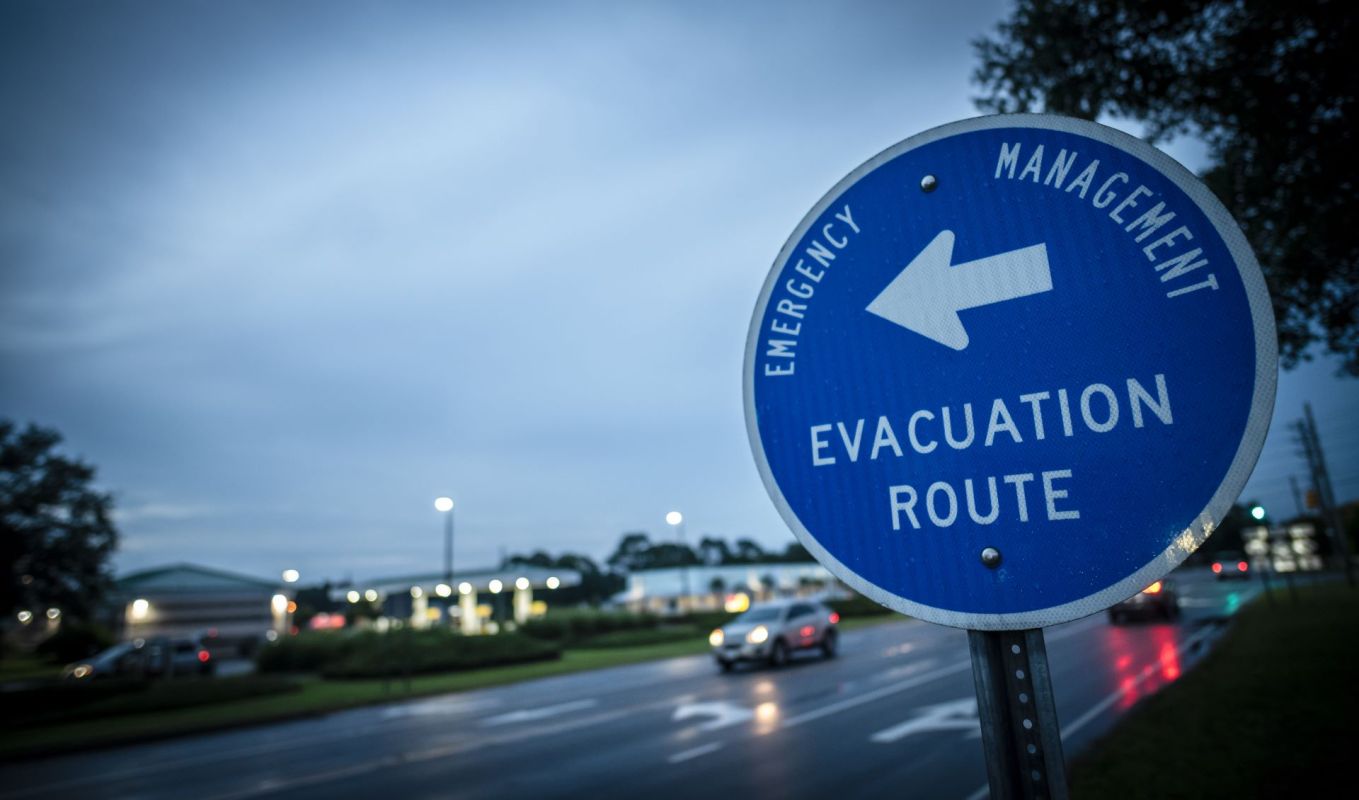People used to consider factors like affordable housing, good schools, and having family nearby when choosing a place to live, but rising temperatures are raising new concerns.
USA Today recently reported on which U.S. states will be most affected by the Earth's changing climate and, in turn, the least livable over the next few decades, no matter how good the schools and housing options are.
What's happening?
The changing climate and rising temperatures are leading to more extreme weather events, and these events may make certain states unlivable sooner than one might think. Well over half the states in the U.S. — at least 37 — suffered double the number of billion-dollar disasters this century than during the previous 20 years. This fact and others like it are causing concern among people across the country, especially those who live in the states that Moody's Analytics rated most at risk.
Individuals aren't the only concerned parties, either.
Adam Kamins, director of regional economics at Moody's Analytics, said insurance and mortgage companies are also worried, stating that banks are now being asked to "stress test their portfolios in preparation for the impact of climate change."
While the changing climate will have uneven effects on the U.S., as each region comes with its own risks, Kamins pointed out that "there are no winners in a world where climate change gets worse."
Kamins predicted that the areas of the U.S. that will be hit the hardest over the next three decades will be the East Coast, including Florida, the Carolinas, and the New England area due to wind, flooding, and sea level rise, and the Southwest, including New Mexico, Utah, and Arizona, due to excessive heat, fires, and dwindling water supply.
The most optimistic swath of land, according to Kamins, is across the northern U.S., with Idaho to Minnesota appearing to have less-pronounced climate risks than other areas.
Why is the state of these areas concerning?
You may think you won't be affected if you don't live in an at-risk area, but this isn't the case.
Michael Mann, director of the Penn Center for Science, Sustainability and the Media at the University of Pennsylvania, said, "it's a domino effect." We are all connected as we all rely on goods and services from across the country.
Also, according to Forbes Home, 64% of Americans surveyed cited the effects of the changing climate or the desire for better weather as reasons to move. This means that if you live in one of the places predicted to be least affected, you'll likely be affected by climate migration instead.
What can we do to help safeguard cities?
While this report has shown that where you live matters, it's important to remember that how you live matters more.
We can all take actionable steps and work together to mitigate the effects of the changing climate and extreme weather events in order to protect those who are most vulnerable.
We can integrate clean energy at home where possible, replace old appliances with new energy-efficient models, move away from single-use plastics, and limit our burning of methane gas by taking public transportation, riding a bike, or upgrading to an electric vehicle.
Join our free newsletter for cool news and cool tips that make it easy to help yourself while helping the planet.









